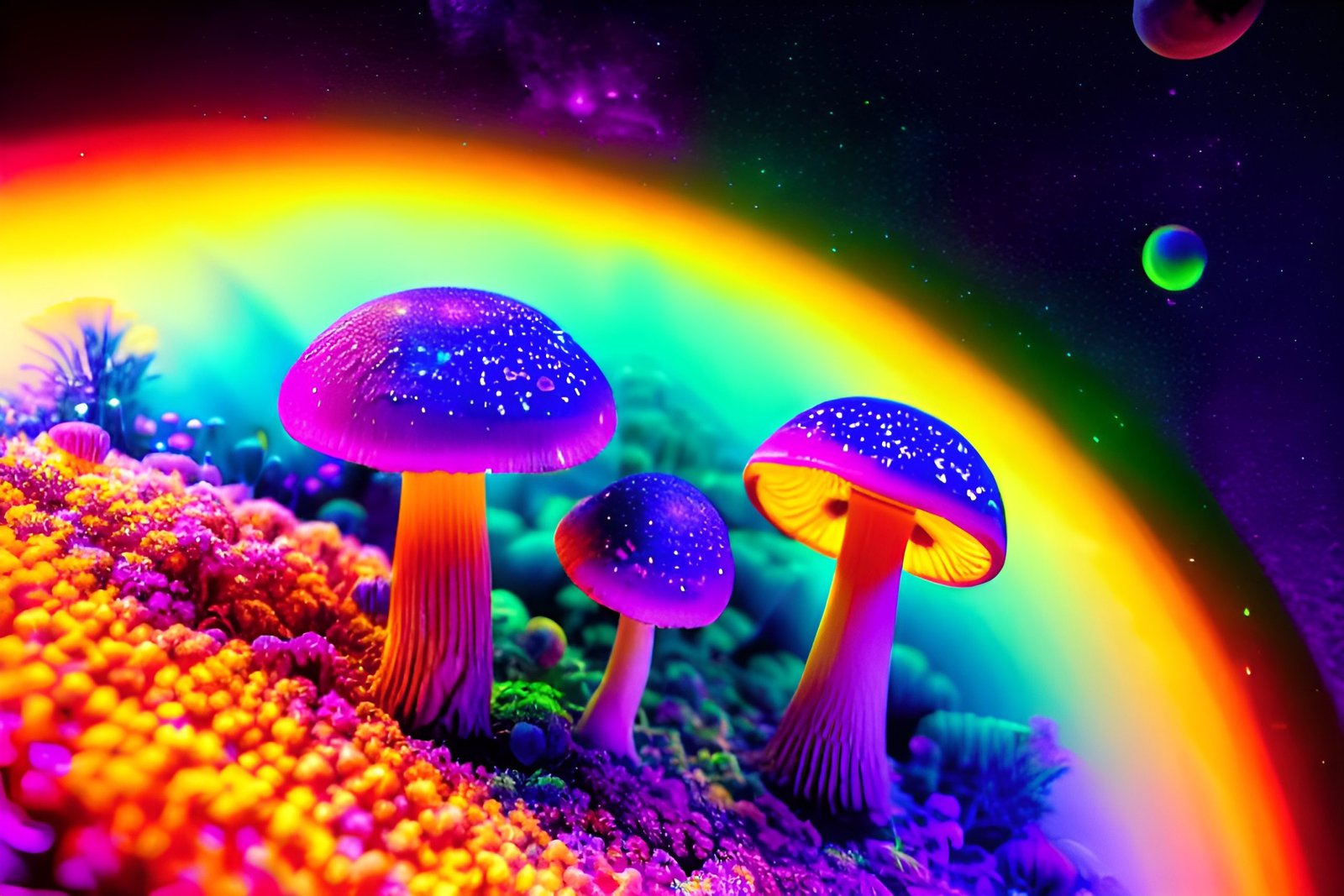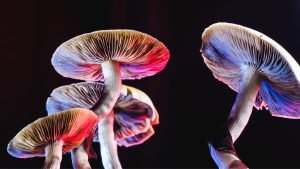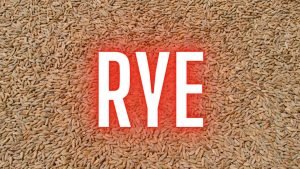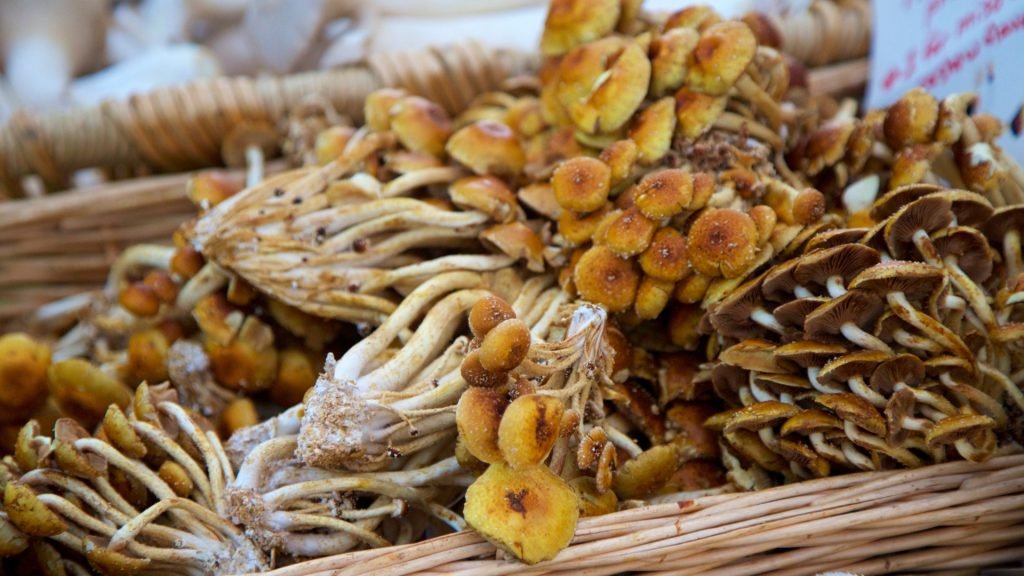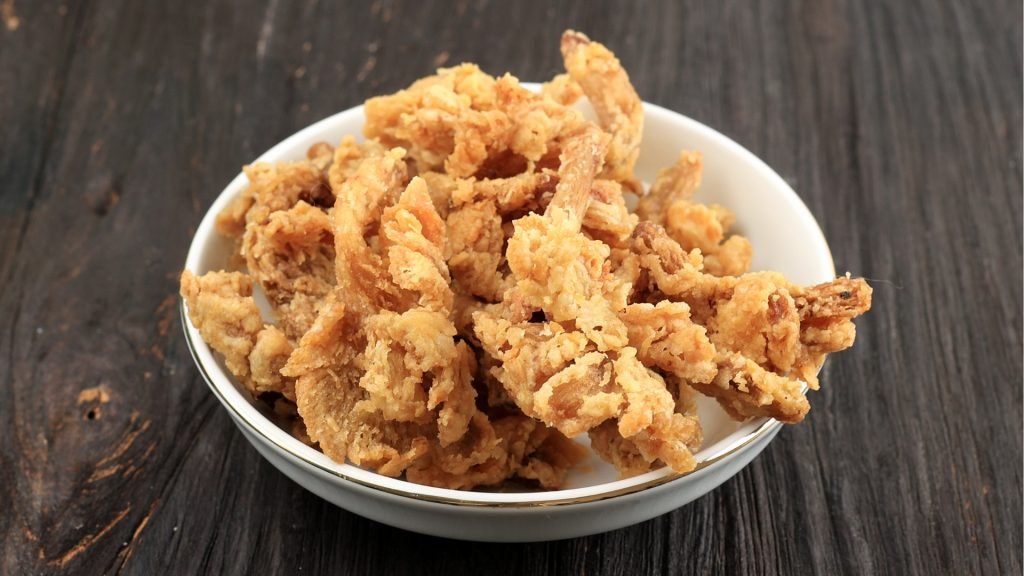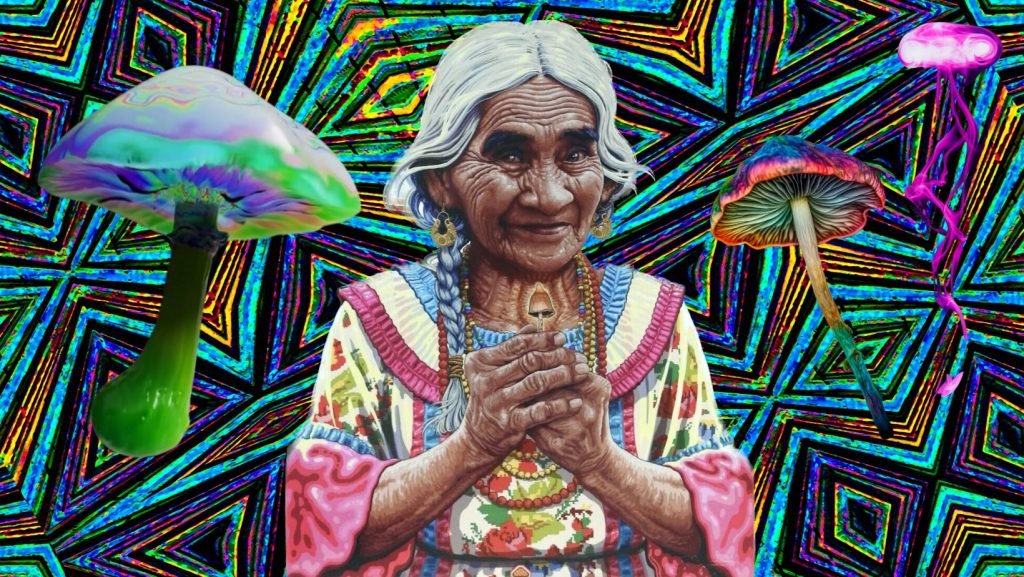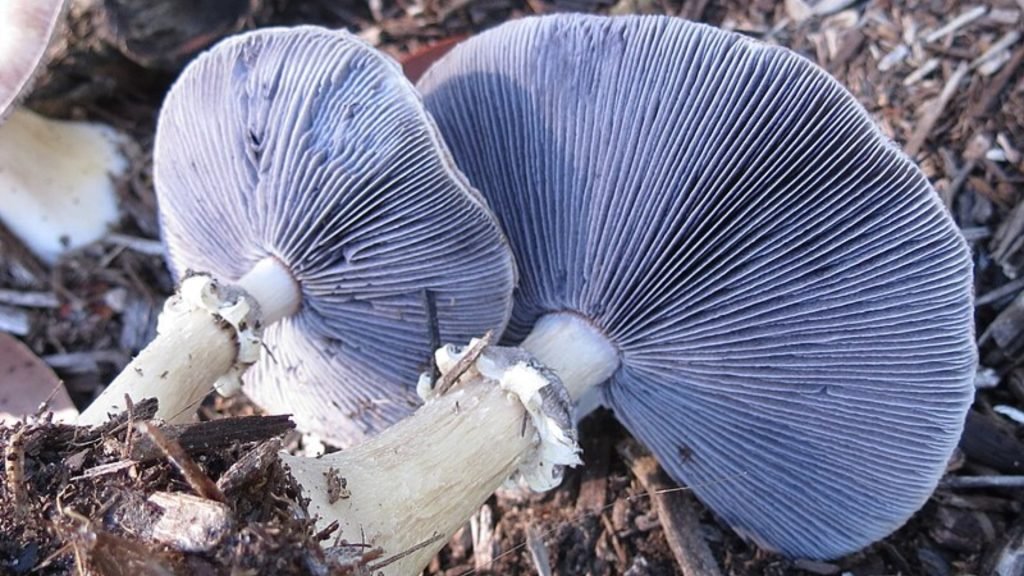For as long as humans have been able to express themselves artistically, mushrooms have woven their way into our visual and symbolic language. These enigmatic organisms, straddling the line between plant and animal, have inspired countless artists and cultures throughout history. Welcome to “The Art of Fungi,” where we delve into the alluring aesthetics of mushroom imagery across time and space.
The Mushroom as Muse – An Artistic Overview:
Whether considered magical or mundane, poisonous or curative, mushrooms have found their way into the heart of human creativity. Fungi have inspired us in our dreams, shaped our stories, and left their impressions on our artwork. Their distinctive cap-and-stem form has been etched on prehistoric cave walls, depicted in medieval tapestries, painted into surrealistic landscapes, and even captured in modern digital art.
The mushroom’s mystique is not limited to its physical form. The role of fungi in decomposition and soil fertility, their medicinal properties, their varied and vibrant colors, all contribute to their artistic allure. Let us venture through time and artistic styles, exploring how the humble fungus has inspired human creativity.
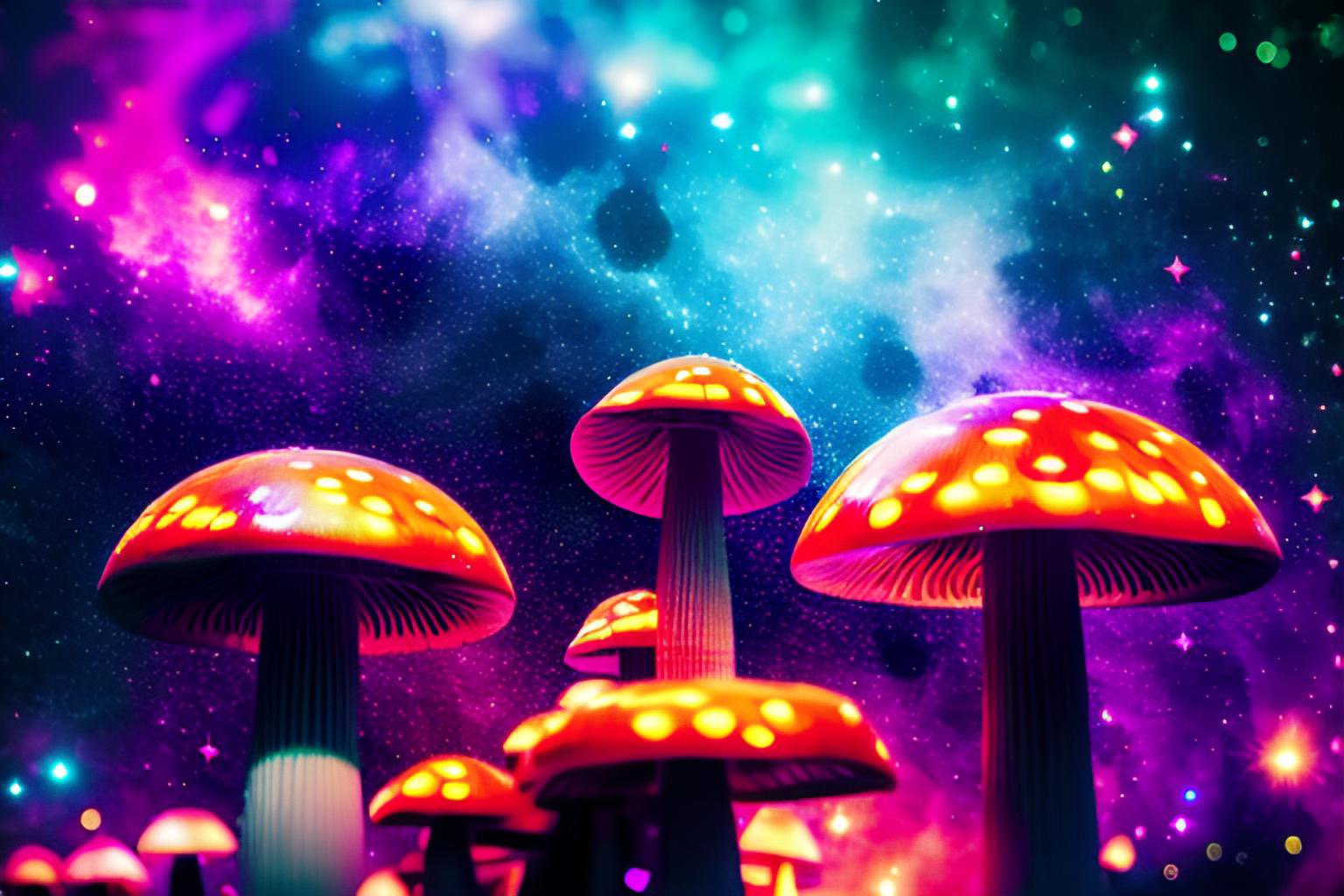
Prehistoric and Ancient Mushroom Art:
Our first recorded depictions of mushrooms appear in prehistoric art. Petroglyphs and pictographs, the earliest forms of human expression, frequently included mushroom imagery. For these early societies, mushrooms may have been symbols of nature’s fecundity and the cycle of life and death.
In ancient cultures, mushrooms were associated with immortality, spiritual ascension, and communion with the divine. In Mesoamerica, for example, stone mushroom statuettes and mushroom-shaped pottery pieces bear witness to the deep spiritual significance of mushrooms.
Artifacts from the Indus Valley civilization, one of the world’s earliest urban cultures, also reveal a fascination with mushrooms. These depictions often blend religious iconography with the distinct shape of the mushroom, implying a potential sacramental role of fungi in these ancient societies.
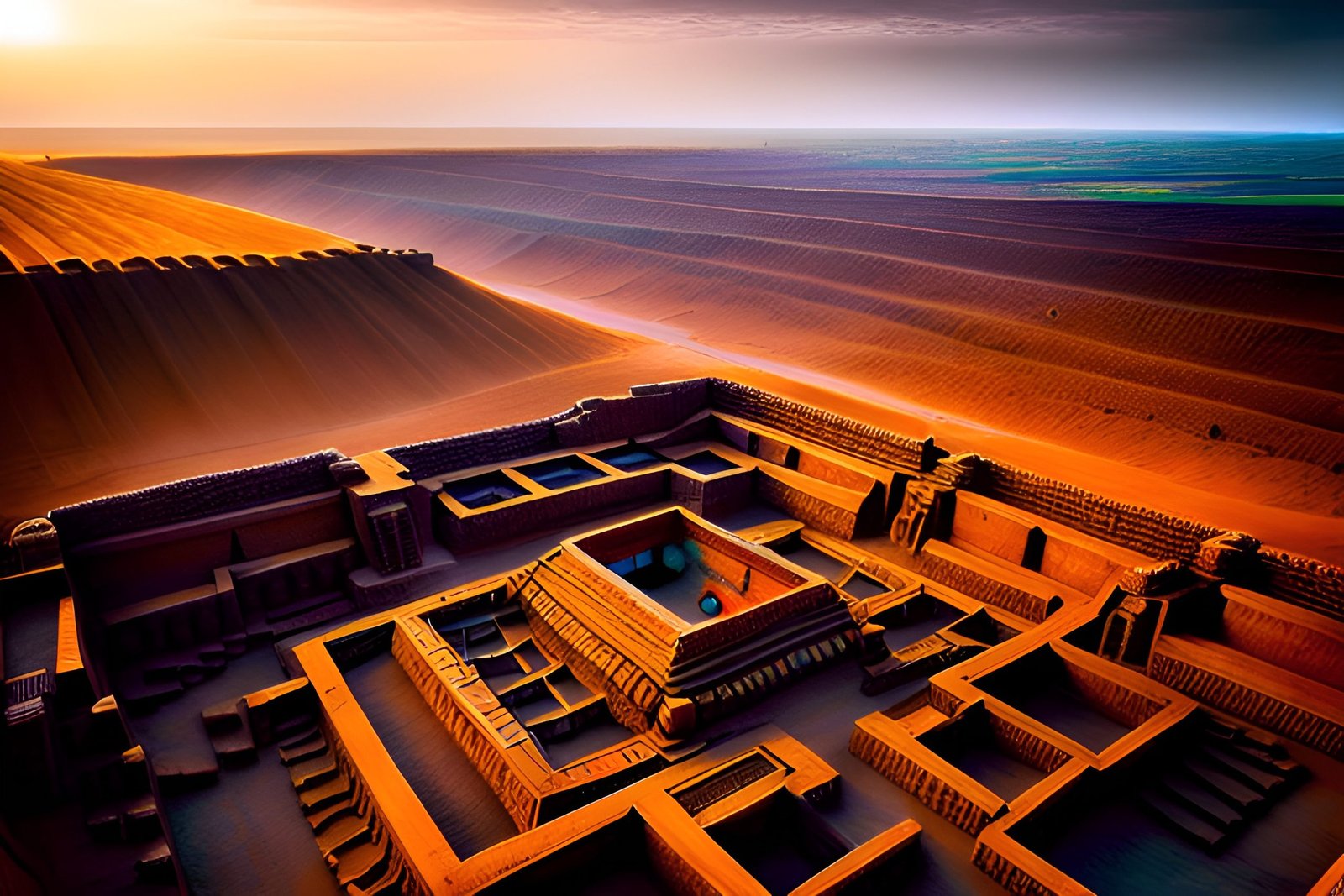
Medieval and Renaissance Mushroom Art:
Fast-forward to the Middle Ages, and we see mushrooms emerging in the margin notes of illuminated manuscripts and the intricate designs of church mosaics. Often they symbolize temporal decay in contrast to spiritual immortality.
The Renaissance brought a surge of interest in the natural world, leading to more realistic portrayals of mushrooms. Fungi began to appear as independent subjects in still-life paintings or as elements of the lush, detailed backgrounds common in this era. Some artists, like Italian painter Giovanna Garzoni, became known for their detailed renderings of fungi.
The universe of mushrooms is expansive, each variant bearing its own unique charm and characteristics. The Marketplace on the 🍄 Mushroom Network is a testament to this diversity. It is a haven for those seeking a deeper understanding of the magical world of mushrooms. If you’re keen on learning more about this type of mushroom and other mushroom variants, this Marketplace is your ultimate resource.
No posts found!
Modern and Contemporary Mushroom Art:
In modern and contemporary art, mushrooms have taken center stage, often serving as symbols of nature’s resilience and adaptability. Surrealist artists like Salvador Dalí incorporated mushroom imagery to express themes of transformation and the irrational.
In contemporary art, mushrooms have served as potent symbols of environmental concerns, illustrating the destructive impact of human activity and offering a beacon of bioremediation and resilience. Artists such as Beatrix Potter, famous for her children’s book illustrations, were also accomplished mycologists, further blurring the line between art and science.
Not sure where to start? The 🍄 Mushroom Academy offers a wide range of courses tailored to your needs. Whether you’re a beginner eager to learn or an experienced mycologist looking to broaden your knowledge, the 🍄 Academy has something for everyone.
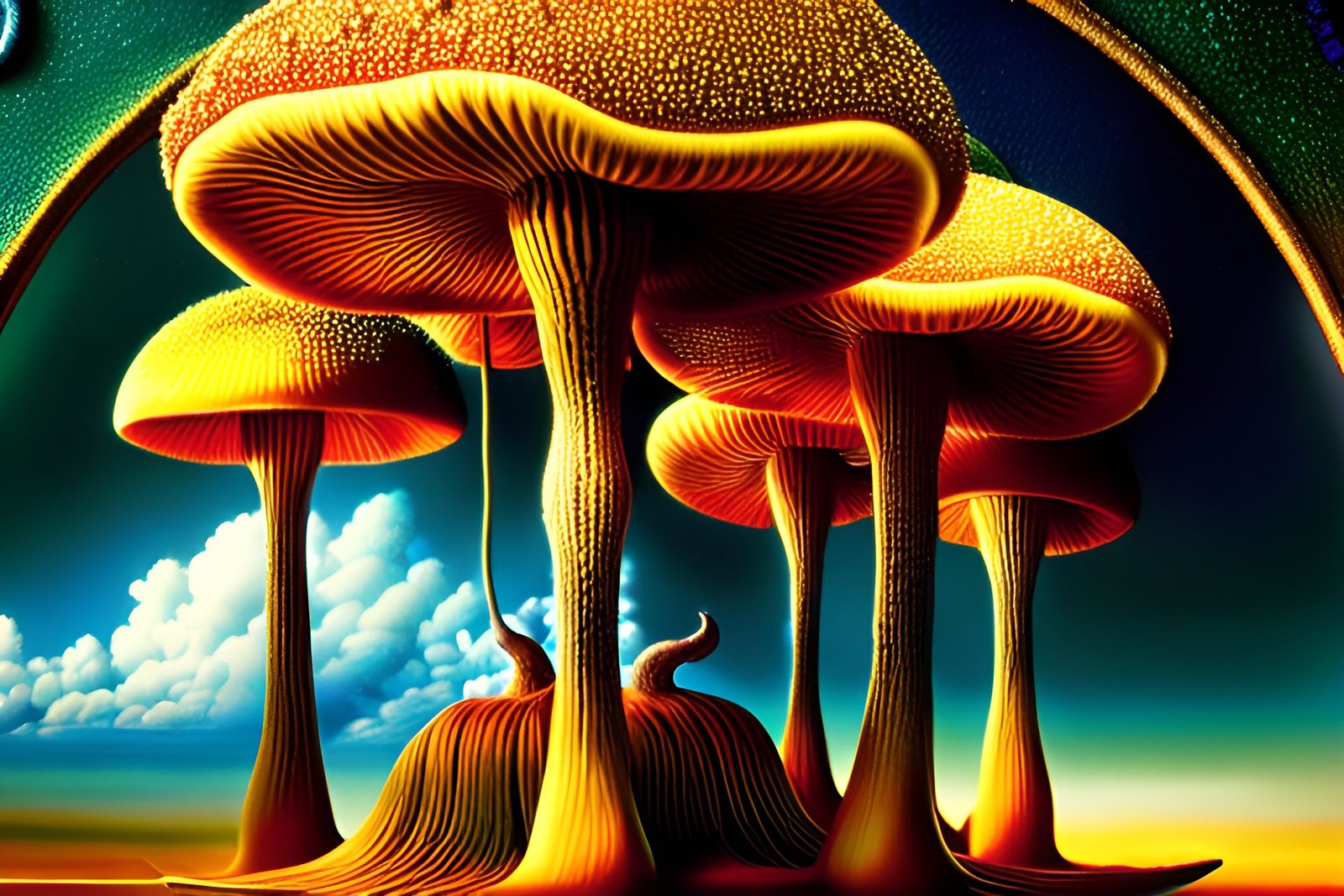
From Spore to Canvas – The Fungal Influence:
The persistent presence of mushrooms in art across centuries reveals our enduring fascination with these strange and potent life forms. As symbols, they carry an array of meanings, from mortality and decay to healing and regeneration. As subjects, they challenge artists to capture their unique forms and myriad colors. As we continue to explore the mushroom’s artistic impact, we find our relationship with these enigmatic organisms is not only ecological and medicinal but deeply cultural and artistic as well.
Don’t forget to check out the 🍄 Mushroom Network’s Marketplace to see what’s available. But hurry, our shelves are constantly evolving, and you wouldn’t want to miss out on this wonderful mushroom. Join our growing network of Patrons, Genetics, and Mycologist Vendors only on the 🍄 Mushroom Network!
Recommended Reads:
KSSS vs. Psilocybin Cubensis: A Mycelial Marvel Matchup
About This Article: Who wore it better: KSSS or Psilocybin Cubensis? Dive into the ultimate...
Read More...The Art of Mycoremediation: Mushrooms as Nature’s Cleanup Crew
Mycology, the scientific study of fungi, unfolds an array of fascinating revelations about these humble...
Read More...Rye TEK for Mycology: A Comprehensive Guide
Discover the magic of Rye grains, an esteemed substrate within the world of mycology. Often...
Read More...Time Traveling Mycologist: Fungi in Prehistoric vs. Futuristic Eras
Journeying through time, fungi have played silent yet powerful roles in Earth’s narrative. Picture colossal...
Read More...Whoa there, Spore Sport! 🍄 Looks like you’re not logged in yet. Don’t you know what you’re missing? MYCO-CREDITS! Imagine all the fungal fun you could have. It’s like finding a Morel in May and not picking it. Tragic, right? Log In or Become a Myco-Patron and start racking up those credits. It’s more rewarding than finding a mushroom in your backyard! 🌟🏡

